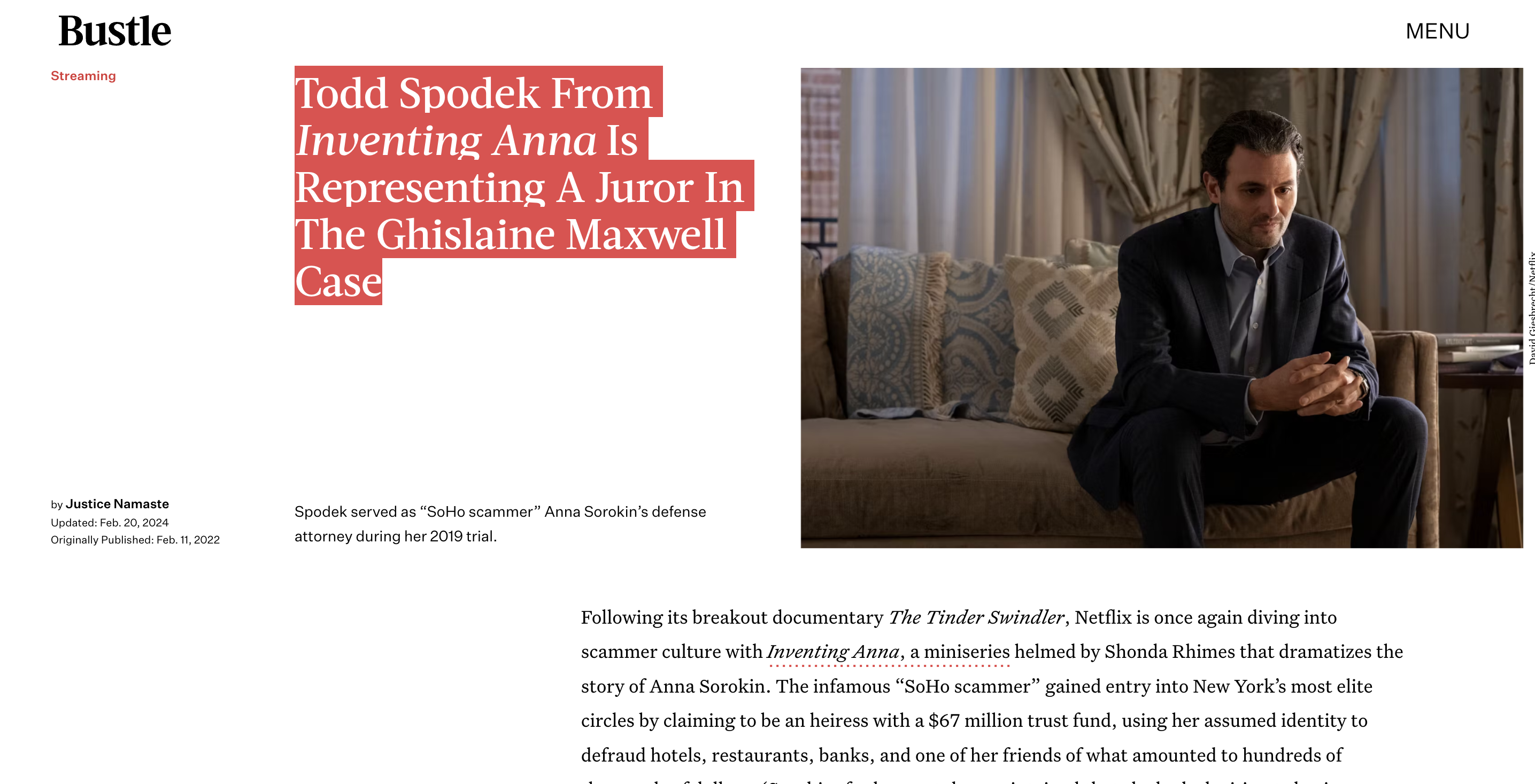Sexual Harassment: Does It Have to Happen More Than Once?
Contents
- 1 Sexual Harassment: Does It Have to Happen More Than Once?
- 2 Understanding Sexual Harassment
- 3 The Two Main Categories
- 4 Real-World Examples
- 5 Employer Obligations
- 6 Your Rights as an Employee
- 7 Getting the Right Legal Representation
- 8 Sections
- 9 The Severe or Pervasive Requirement
- 10 Quid Pro Quo Harassment
- 11 Hostile Environment Harassment
- 12 Employer Liability and Responsibilities
- 13 Documenting the Harassment
- 14 The Complaint Process
- 15 Filing an Official Charge
- 16 The Litigation Process
Sexual Harassment: Does It Have to Happen More Than Once?
You’re here, because you need answers. Let’s cut right to the chase, shall we? You‘ve been a victim of sexual harassment, and you’re wondering – does this have to happen repeatedly for it to be considered illegal? The short answer is no, a single incident of severe sexual harassment can be enough to take legal action. But, let‘s dive deeper into what exactly constitutes sexual harassment, and how you can protect your rights.
Understanding Sexual Harassment
Sexual harassment is defined as unwelcome sexual advances, requests for sexual favors, and other verbal or physical conduct of a sexual nature. It creates a hostile, intimidating, or offensive work environment. Now, here’s the kicker – it doesn‘t have to be repeated behavior. A single incident, if severe enough, can qualify as sexual harassment under the law1.For example, if your boss groped you or forcibly tried to kiss you, even if it was a one-time occurrence, that would likely constitute sexual harassment. The key factor is the severity of the conduct, not necessarily the frequency.
The Two Main Categories

There are two main categories of sexual harassment recognized by the law:
- Quid Pro Quo Harassment: This is when employment benefits (like a promotion, raise, or even keeping your job) are tied to submitting to sexual demands. A single instance of this type of harassment is usually considered illegal2.
- Hostile Work Environment: This refers to unwelcome conduct that is severe or pervasive enough to create an abusive or intimidating work environment. While a single incident may qualify if it’s extremely serious, typically there needs to be a pattern of offensive behavior for it to be considered a hostile work environment3.
So, while repeated incidents strengthen a hostile work environment claim, a single egregious act can potentially meet the legal standard for sexual harassment.
Real-World Examples
To better illustrate what constitutes illegal sexual harassment, even if it’s a one-time event, let‘s look at some real cases:
- Perry v. Slensby: A supervisor made lewd comments about sexual acts he wanted to perform on an employee, while massaging her shoulders. The court ruled this single incident was severe enough to be sexual harassment4.
- Pryor v. Jaffe & Asher, LLP: After work, a supervisor pulled an employee in for an unwanted embrace and kiss. Despite being a single incident, the court found it was sufficient for a sexual harassment claim5.
- Richardson v. N.Y. State Dep’t of Corr. Serv.: The court stated that “a single incident of sexual assault sufficiently alters the conditions of the victim’s employment and is severe enough to create a hostile work environment.”6
The key takeaway? While repeated incidents strengthen a claim, a single severe act like assault, groping, or explicit sexual demands can potentially constitute illegal sexual harassment on its own.
Employer Obligations
Here’s where things get really interesting. Employers have a legal duty to prevent and address sexual harassment, even if it’s a one-off event. They must:
- Have a clear anti-harassment policy in place
- Properly investigate all harassment complaints
- Take prompt remedial action if harassment occurred
- Provide anti-harassment training to employees7
Failure to meet these obligations can open employers up to liability, even if the harassment was a single incident. The law expects them to be proactive in preventing and addressing sexual misconduct.
Your Rights as an Employee
So what can you do if you’ve experienced sexual harassment, even if it was a single event? Here are some key steps:
- Document Everything: Write down all details – dates, times, locations, witnesses, verbatim comments, etc. Documentation is crucial.
- Follow Company Procedure: Most companies have a process for reporting harassment – follow it precisely. If they don’t, report it directly to HR or upper management.
- Give them a Chance to Fix It: Your employer must be given the opportunity to investigate and take corrective action, even for a single incident.
- Consider Filing Charges: If your employer fails to address the harassment properly, you may need to file a charge with the Equal Employment Opportunity Commission (EEOC) or equivalent state agency.
- Explore Legal Options: If the EEOC process doesn’t resolve the issue, you may have grounds to file a sexual harassment lawsuit, even over a single incident if it was severe.
The key? Don‘t wait. The sooner you report the harassment and involve the proper authorities, the stronger your case will be.
Getting the Right Legal Representation
Look, we get it – dealing with sexual harassment is traumatic and intimidating. But you don’t have to go through this alone. Having the right legal team in your corner can make all the difference.At Spodek Law Group, our national team of sexual harassment attorneys have over 50 years of combined experience taking on tough cases and fighting for victim’s rights. We understand the nuances of the law and what it takes to build a strong claim, even if the harassment was a single incident.Unlike other firms that take a cookie-cutter approach, we leave no stone unturned. We do everything possible to win, taking a hands-on approach to understand every intimate detail of your unique situation. Our work ethic is unmatched – we hold regular strategy meetings and have a full team available 24/7 for emergencies.Transparency and open dialogue are essential. We encourage you to be fully transparent about your circumstances, no matter how embarrassing or complex. Only then can we provide the best possible legal advice and representation.It’s simple – every client deserves honesty and white-glove service. If you or someone you know has experienced sexual harassment, even a single incident, take it seriously. Reach out to an experienced attorney to explore your legal options. Your rights deserve to be protected.Don’t wait until it’s too late. Schedule a free, confidential consultation with the Spodek Law Group today by calling [phone number] or visiting [website]. When it comes to standing up against sexual harassment, we‘re here to fight for you every step of the way.
Sections
The Severe or Pervasive Requirement
While a single incident of harassment may cross the line into illegal conduct, courts and government agencies generally weigh the severity and pervasiveness of the unwanted behavior.The more severe the harassment, the less need there is for the behavior to be frequent or pervasive. Conversely, if the conduct is less severe, isolated incidents may not meet the legal standard unless they are repeated and pervasive enough to create a hostile environment.For example, a single incident of serious physical harassment like groping would likely be considered severe enough to constitute illegal conduct. But less severe behaviors like off-color jokes or inappropriate comments may need to occur repeatedly before reaching the level of an unlawful hostile environment.The key factors courts consider include:
- Whether the conduct was physical or verbal
- How frequently the conduct was repeated
- Whether the conduct was hostile and demeaning
- Whether the conduct was potentially humiliating
- The severity of the conduct from an objective standpoint
Essentially, the analysis weighs both the severity and frequency/pervasiveness of the unwanted behavior. More severe acts require less pervasiveness, while less severe acts require greater frequency or pervasiveness to cross the legal line.
Quid Pro Quo Harassment
In quid pro quo cases, sexual harassment occurs when employment decisions or benefits are conditioned on submitting to unwelcome sexual conduct. A single instance can potentially meet this standard.Common examples include:
- A supervisor firing or refusing to promote an employee for rejecting sexual advances
- A manager offering career benefits like a raise or promotion in exchange for sexual favors
- An employer threatening termination if an employee refuses to date them
The key is that tangible employment actions are explicitly tied to submitting to or rejecting sexual demands. Even one such incident could create a quid pro quo harassment claim.Courts have consistently held that quid pro quo harassment is unlawful, regardless of whether the employee actually suffered any tangible job consequences. The mere request or demand for sexual favors in exchange for employment benefits is enough.
Hostile Environment Harassment
Hostile environment harassment claims are more nuanced, as they involve a pattern of offensive behavior that creates an abusive or hostile work environment. However, a single extremely serious incident can potentially meet this standard.To determine if a hostile environment exists, courts look at the totality of the circumstances, including:
- The frequency and severity of the conduct
- Whether the conduct was physically threatening or humiliating
- Whether the conduct unreasonably interfered with work performance
While repeated incidents strengthen a hostile environment claim, courts have found that certain severe acts like sexual assault or egregious sexual demands can create an unlawful hostile environment in a single occurrence.The key is whether the conduct was severe or pervasive enough to create an abusive working environment for the victim from both a subjective and objective standpoint.
Employer Liability and Responsibilities
Employers can be held liable for sexual harassment by supervisors, coworkers, or even non-employees like customers or vendors. But their responsibilities go beyond just addressing reported incidents.Under federal law, employers have an affirmative duty to prevent and promptly correct sexual harassment in the workplace. This includes:
- Establishing and distributing a clear anti-harassment policy
- Providing regular anti-harassment training to all employees
- Implementing an effective complaint and investigation procedure
- Taking prompt remedial action if harassment is found to have occurred
Failing to meet these obligations can expose an employer to liability, even if the harassment consisted of a single incident that was promptly addressed.The key is being proactive. Employers can’t simply react to complaints – they must take reasonable care to prevent harassment from occurring in the first place through policies, training, and oversight.If an employer fails to provide a harassment-free workplace, they open themselves up to potential compensatory and punitive damages in a sexual harassment lawsuit, regardless of whether the harassment was a one-time event or a pattern of behavior.
Documenting the Harassment
Keeping detailed documentation of any incidents of sexual harassment is crucial, whether it was a single event or part of a larger pattern. Solid documentation can strengthen your case and provide evidence to investigators.Some tips for effective documentation:
- Write it down immediately after each incident with specific details
- Note the date, time, location, and any witnesses present
- Record verbatim quotes of offensive comments or demands
- Describe any physical conduct like touching, gestures, or proximity
- Keep any related emails, texts, notes, pictures, or other evidence
- Continue documenting any ongoing incidents or retaliatory acts
This documentation creates a clear record that can be referenced during any internal investigations or legal proceedings. It demonstrates the pervasiveness and severity of the harassment.If it was a single incident, having detailed documentation showing how egregious or severe the conduct was can help establish that it crossed the legal line into sexual harassment.
The Complaint Process
If you experience sexual harassment, you should promptly report it through your employer‘s official complaint channels. Most companies have specific procedures for this.Some key steps in the process:
- Review the policy: Check your employee handbook or anti-harassment policy for the proper reporting procedure.
- Report in writing: Submit a detailed written complaint documenting the harassment to the designated person or department.
- Follow the process: Cooperate fully with any internal investigation by providing all relevant information and evidence.
- Don’t wait: There are strict time limits for filing harassment complaints, so act quickly.
- Escalate if needed: If your employer fails to address the complaint properly, you may need to escalate to an external agency.
Even if the harassment was a single incident, your employer is legally obligated to investigate and take appropriate corrective action if misconduct occurred. Following the proper process creates an official record and gives them a chance to fix the situation.
Filing an Official Charge
If your employer fails to satisfactorily address the harassment after an internal complaint, you can file an official charge with the appropriate government agency.For sexual harassment, this would be either:
- The U.S. Equal Employment Opportunity Commission (EEOC)
- Your state’s fair employment agency
The EEOC enforces federal laws prohibiting sexual harassment, while state agencies enforce state-level laws, some of which are more stringent.When filing a charge, you‘ll need to provide details like:
- Your name, address, and contact information
- The name and address of the employer
- The number of employees working there
- A description of the sexual harassment with dates and locations
- The reason you believe it was discriminatory (i.e. based on sex)
- The names of any witnesses
- Whether you’ve already filed an internal complaint
There are strict time limits, so it’s critical to file promptly. For the EEOC, the charge generally must be filed within 180 days of the last harassment incident.The agency will then investigate and attempt conciliation with your employer. If this fails, they may file a lawsuit on your behalf or issue a “right to sue” letter allowing you to file a private lawsuit.
The Litigation Process
If conciliation fails and you receive a “right to sue” notice, you may be able to file a sexual harassment lawsuit against your employer, even if the harassment consisted of a single incident.Some key considerations in litigation:
- Statute of limitations: You’ll need to file suit within 90 days of receiving the right-to-sue notice.
- Damages: You may be able to recover compensatory damages like back pay, emotional distress damages, punitive damages, and attorneys’ fees.
- Evidence: Documentation, witness testimony, and other evidence will be critical to prove the harassment occurred.
- Severity matters: For a single incident, you’ll need to demonstrate how severe the conduct was to meet the legal standard.
- Employer liability: You’ll need to show the employer knew or should have known about the harassment and failed to take prompt remedial action.
Having an experienced sexual harassment attorney who understands the nuances of these types of cases is invaluable. They can properly develop the legal strategy and arguments to give you the best chance of prevailing.While single-incident cases can be more challenging to litigate, courts have repeatedly found that employers can be liable if the harassment was severe enough, even if it was an isolated event.









